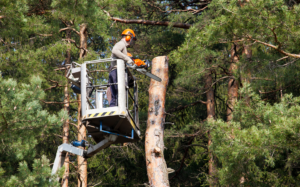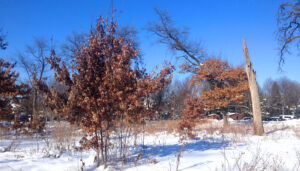Tree Removal in Latvia: Laws, Permits, Applications & Costs
When planning to remove trees in Latvia, understanding the legal framework, permit requirements, application process, and associated costs is essential. Whether you’re a property owner, developer, or simply interested in Latvia’s environmental regulations, this comprehensive guide will navigate you through everything you need to know about tree removal in this Baltic nation.
Understanding Latvia’s Tree Protection Laws
Latvia’s approach to tree protection reflects its deep cultural connection to forests, which cover approximately 52% of the country’s territory. The nation’s environmental policies aim to balance development needs with forest conservation.
The primary legislation governing tree removal in Latvia is the Protection of Trees Act, which was updated in 2019 to strengthen conservation measures. This law establishes the fundamental principle that trees in urban areas, protected landscapes, and certain rural zones cannot be removed without proper authorization.
You should be aware that Latvia’s tree protection laws are administered at multiple levels. The State Environmental Service (Valsts vides dienests) oversees national regulations, while municipalities enforce local ordinances that may be more stringent than national requirements. Before proceeding with any tree removal, you must familiarize yourself with both national and local regulations applicable to your specific location.
Protected Trees and Species
Latvia classifies certain trees as specially protected based on several criteria:
Heritage trees (koku mantojums) are individual specimens with historical or cultural significance. These often include ancient oaks, linden trees with folkloric importance, or trees marking significant historical events. Removal of heritage trees is rarely permitted except in cases of imminent danger.
Protected species include the European yew (Taxus baccata), common hornbeam (Carpinus betulus), and wych elm (Ulmus glabra), among others. These species face additional restrictions regardless of the tree’s size or location.
When planning tree removal, you should first determine whether your tree falls into any protected category. The Latvian Nature Conservation Agency maintains a searchable database of protected trees at their official website: https://www.daba.gov.lv/en/protected-trees.
When Do You Need a Tree Removal Permit in Latvia?
Understanding when permits are required will save you time and potential legal issues. In Latvia, the permit requirements depend on several factors:
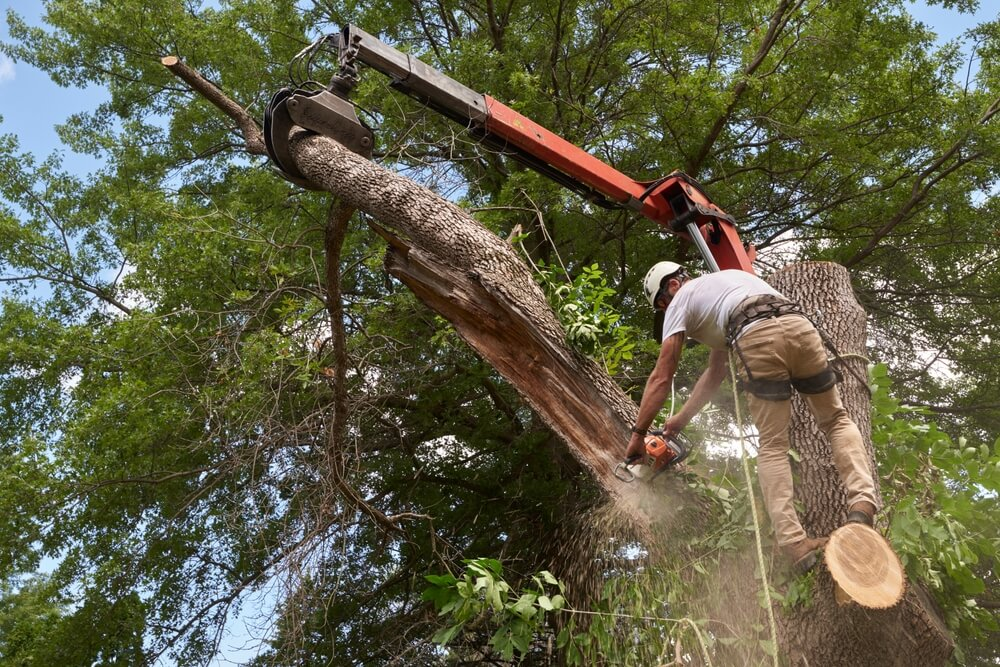
Location-Based Requirements
Tree removal permits are mandatory in the following situations:
Urban areas: All trees with a trunk diameter exceeding 20 cm at breast height (approximately 1.3 meters from the ground) require permits before removal. This applies to both public and private property within city or town boundaries.
Protected landscapes: Trees within nationally designated nature reserves, coastal protection zones, or cultural heritage sites require permits regardless of size.
Agricultural land: Trees serving as windbreaks or erosion control may require permits even on private farmland.
Rural private property: Trees outside designated forest land may be removed without permits if they don’t exceed certain size thresholds and aren’t protected species.
Exemptions from Permit Requirements
You don’t need a permit in these circumstances:
Emergency situations: When a tree poses an immediate safety hazard due to storm damage or disease, you may remove it without prior permission, though you’ll need to notify authorities afterward and provide documentation of the emergency.
Young trees: Trees with a trunk diameter less than 12 cm at breast height on private property in urban areas generally don’t require permits.
Fruit trees: Most domestic fruit trees in residential gardens can be removed without permits unless they’re designated heritage specimens.
Forestry operations: Commercial forest management follows different regulations under the Forestry Act rather than standard tree removal permits.
The Tree Removal Permit Application Process
When you determine that a permit is necessary for your tree removal project, you’ll need to navigate Latvia’s application process carefully. The process typically involves these steps:
Step 1: Initial Assessment and Documentation
Before applying, gather all necessary documentation:
Property ownership proof or owner’s written consent Tree identification details (species, size, location) Site plan showing the tree’s location on the property Photographs of the tree(s) to be removed Explanation of removal reasons (construction, disease, safety concerns, etc.) Professional arborist report (for protected or large trees)
Step 2: Submitting Your Application
Applications are submitted to the relevant municipality’s environmental department or building authority. Larger cities like Riga have dedicated tree commissions (Koku komisija) that evaluate applications.
Many municipalities now offer online application options through their e-service portals, though paper applications remain available. The official portal for public services in Latvia offers centralized access: https://www.latvija.lv/en/ppk.
Your application will be assigned a case number for tracking purposes. Processing times vary by municipality and application complexity, ranging from two weeks to two months.
Step 3: Site Inspection
A municipal environmental specialist or tree commission representative will typically conduct a site visit to evaluate the tree’s condition, verify application details, and assess removal justification.
You or your representative should be present during this inspection to provide additional information if needed. The inspector may suggest alternatives to removal if appropriate, such as pruning or treatment for diseased trees.
Step 4: Decision and Permit Issuance
Following review and inspection, authorities will:
Approve your application and issue a permit with specific conditions Request additional information or modifications to your plan Deny the application with explanation
If approved, your permit will include:
Validity period (typically 6-12 months) Specific conditions for removal (timing, mitigation requirements) Replanting requirements if applicable Safety and waste disposal guidelines
Appeal Process
If your application is denied, you have the right to appeal the decision. Appeals must be submitted to the municipality within 30 days of receiving the denial. The appeal should provide additional justification or address the specific reasons for denial.
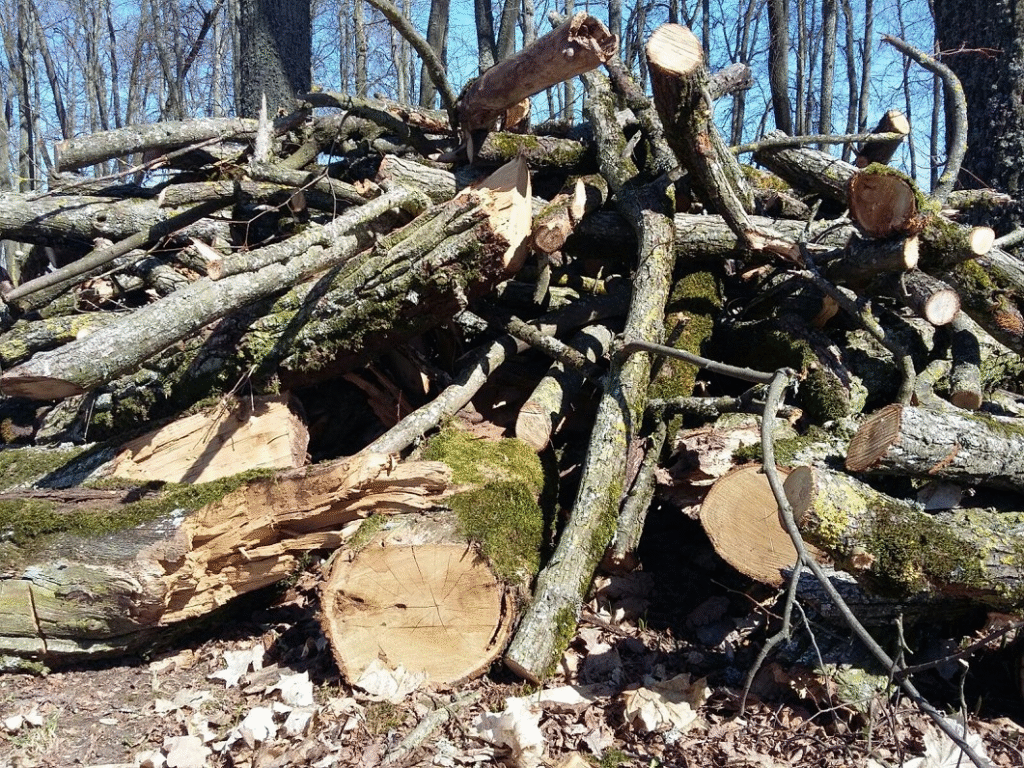
Costs Associated with Tree Removal in Latvia
Tree removal costs in Latvia vary significantly based on multiple factors. Understanding these costs in advance helps you budget appropriately for your project.
Permit and Administrative Fees
Application fees range from €20 to €150 depending on the municipality and number of trees. Commercial projects typically incur higher fees than residential applications.
Some municipalities charge separate inspection fees ranging from €15 to €50.
In protected areas or for heritage trees, additional evaluation fees may apply.
Compensation Payments for Environmental Impact
A distinctive feature of Latvia’s tree removal system is the requirement for ecological compensation payments for removed trees. These payments, calculated based on the tree’s ecological value, fund municipal tree planting and green space development.
The compensation formula considers:
Tree species and rarity Size and estimated age Location and ecological significance Health condition
For large, healthy trees in urban areas, these payments can range from €100 to over €1,000 per tree.
Professional Service Costs
The actual tree removal work costs include:
Arborist reports: €50-150 depending on the number of trees and complexity Tree felling: €80-500 per tree depending on size, location, and complexity Stump removal: €30-150 additional per stump Waste disposal: €40-200 depending on volume
Cost Comparison Table
This table provides an overview of typical costs associated with tree removal in Latvia, based on tree size and location:
| Tree Size | Urban Residential | Urban Commercial | Rural Private | Protected Area |
|---|---|---|---|---|
| Small (< 20cm diameter) | €150-300 | €200-350 | €100-250 | €300-600 |
| Medium (20-40cm) | €300-600 | €400-800 | €250-450 | €600-1,200 |
| Large (40-60cm) | €600-1,000 | €800-1,500 | €450-800 | €1,200-2,000 |
| Very Large (>60cm) | €1,000-2,500 | €1,500-3,000 | €800-1,500 | €2,000-4,000+ |
Note: Costs include typical permit fees, compensation payments, and professional removal services. Additional costs may apply for complex situations, emergency removals, or specialized equipment needs.
Tree Removal Alternatives and Mitigation Requirements
Latvia’s environmental policies encourage tree preservation when possible. Before proceeding with removal, consider these alternatives:
Pruning and Maintenance
For trees with limited issues, professional pruning may address safety concerns while preserving the tree. Latvia’s municipalities often look favorably on permit applications that include preservation efforts for healthy trees.
Pruning costs range from €50-300 depending on tree size and complexity, making it a potentially cost-effective alternative to full removal.
Transplanting Options
For valuable or protected trees, transplanting to another location on the property may be a viable option. While more expensive than removal, this approach satisfies both development needs and conservation goals.
The Latvian State Forests agency (Latvijas valsts meži) offers guidance on successful tree transplanting techniques appropriate for Latvia’s climate: https://www.lvm.lv/en/environmental-protection.
Replanting Requirements
When tree removal is unavoidable, municipalities typically impose replanting requirements as permit conditions. These requirements generally include:
Number of replacement trees (often 1-5 new trees for each removed tree) Acceptable species lists (typically native species adapted to local conditions) Minimum size requirements for new plantings Monitoring period (1-3 years) to ensure establishment
Seasonal Considerations for Tree Removal in Latvia
Latvia’s distinct seasons affect both the permitting process and the practical aspects of tree removal:
Timing Restrictions
Many municipalities restrict tree removal during bird nesting season (approximately April through July) to protect wildlife. Permits issued during this period may include special conditions or limited work hours.
Winter removals may be preferred for deciduous trees as reduced foliage improves visibility and access. However, frozen ground can complicate stump removal.
For protected species, removal timing may be strictly regulated to minimize ecological impact.
Weather Impacts
Latvia’s climate presents specific challenges for tree removal operations:
Winter (December-February): Shorter daylight hours limit work time, while snow and ice create additional safety concerns. However, frozen ground may facilitate equipment access in otherwise boggy areas.
Spring (March-May): Wet ground conditions can limit equipment access, particularly in rural areas with unpaved access routes.
Summer (June-August): Peak vegetation makes assessment of some tree issues more difficult, but generally provides optimal working conditions.
Autumn (September-November): Often ideal for tree removal as deciduous trees lose foliage, improving visibility while ground conditions remain workable.
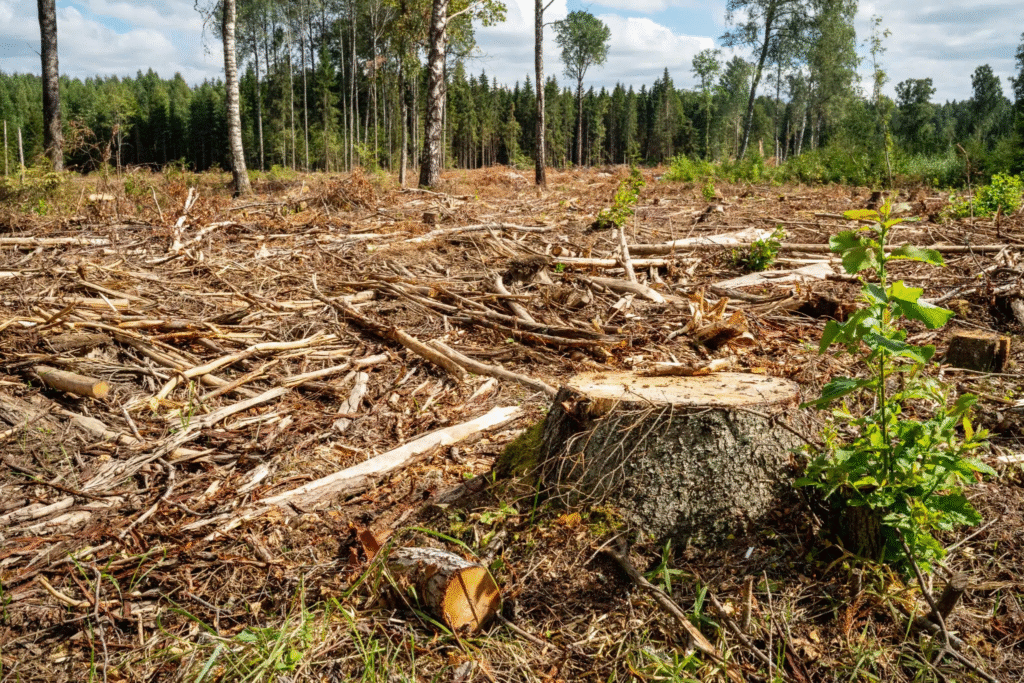
Professional Certification and Legal Compliance
When hiring tree removal services in Latvia, you should verify proper credentials to ensure legal compliance:
Required Qualifications
Professional arborists or tree service companies should hold:
Business registration with the Latvian Registry of Enterprises Professional liability insurance (minimum coverage of €50,000 is recommended) Arboricultural certifications (European Tree Worker or equivalent qualification) Safety training documentation for workers
Municipal contracts for tree work typically require additional certifications. Reputable companies will readily provide these credentials upon request.
Liability Considerations
Tree removal carries significant liability risks. Without proper permits, you may face:
Administrative fines ranging from €100 to €2,000 for individual property owners Higher penalties (€1,000 to €10,000) for businesses or repeat violations Requirements to replant multiple trees for each illegally removed tree Potential criminal charges for removing protected species or heritage trees
Even with permits, improper removal techniques can result in property damage or injuries. Ensure your contractor maintains adequate insurance coverage and follows all permit conditions precisely.
Conclusion
Navigating tree removal regulations in Latvia requires understanding the legal framework, proper planning, and professional assistance. While the process may seem complex, it reflects Latvia’s commitment to preserving its natural heritage while accommodating necessary development.
By following the permit application process, budgeting appropriately for all associated costs, and considering alternatives when possible, you can complete your tree removal project successfully while maintaining compliance with Latvia’s environmental protection laws.
For the most current information regarding tree removal regulations, always consult your local municipality’s environmental department or visit the Latvian Ministry of Environmental Protection and Regional Development’s official website: https://www.varam.gov.lv/en.

